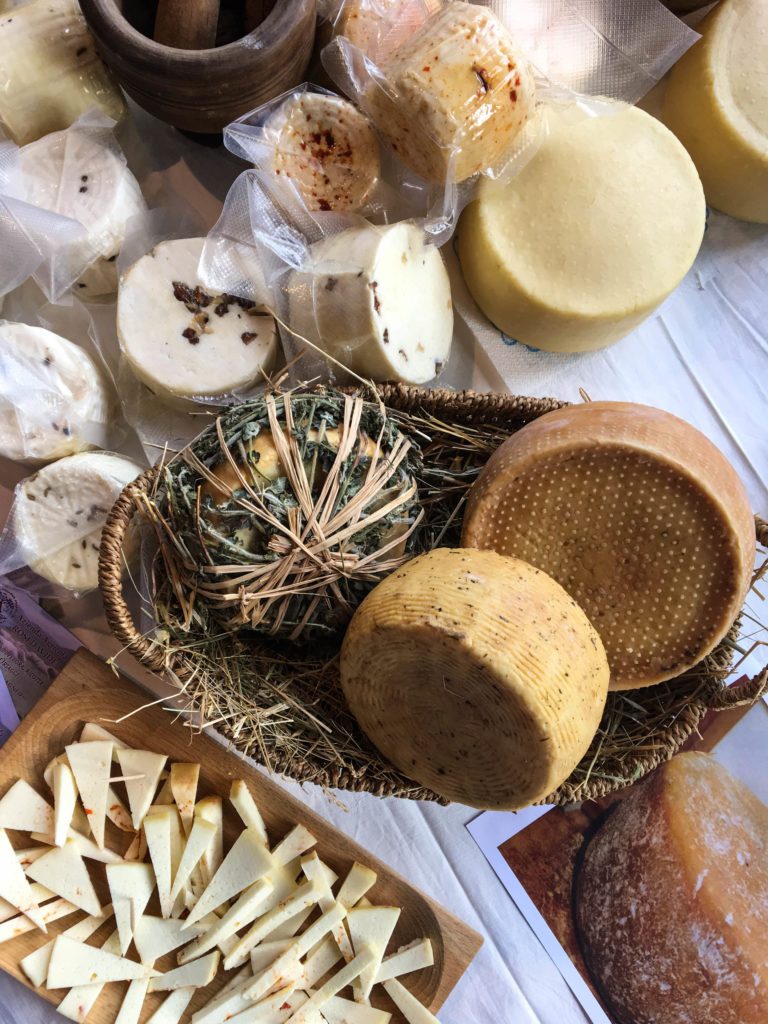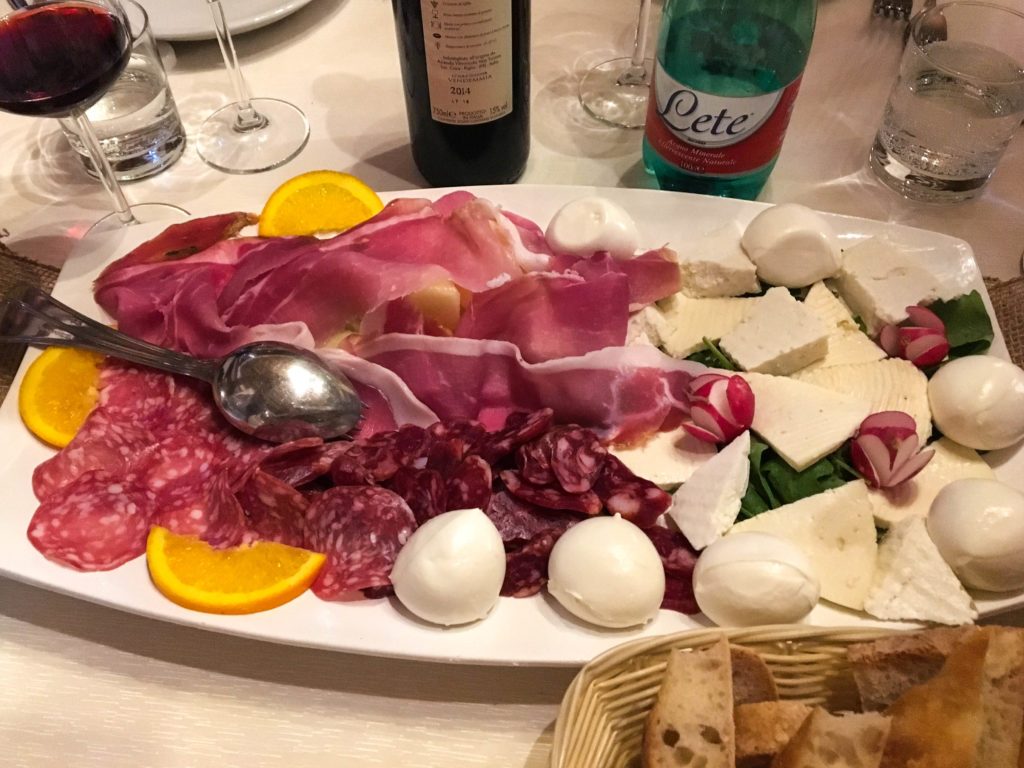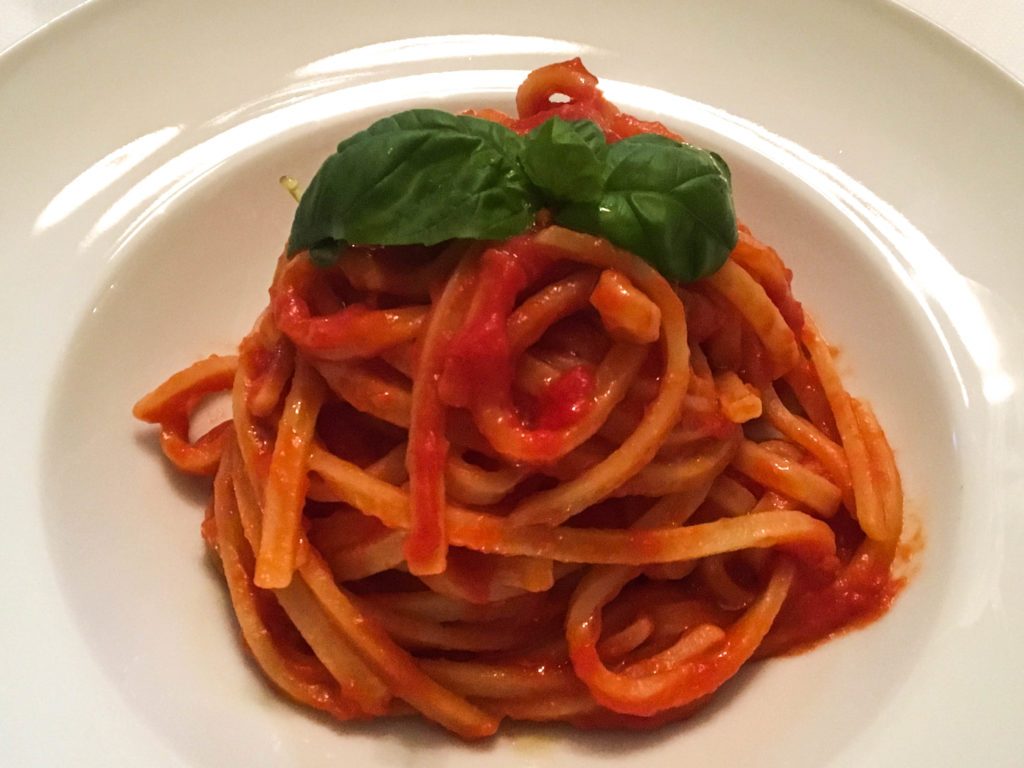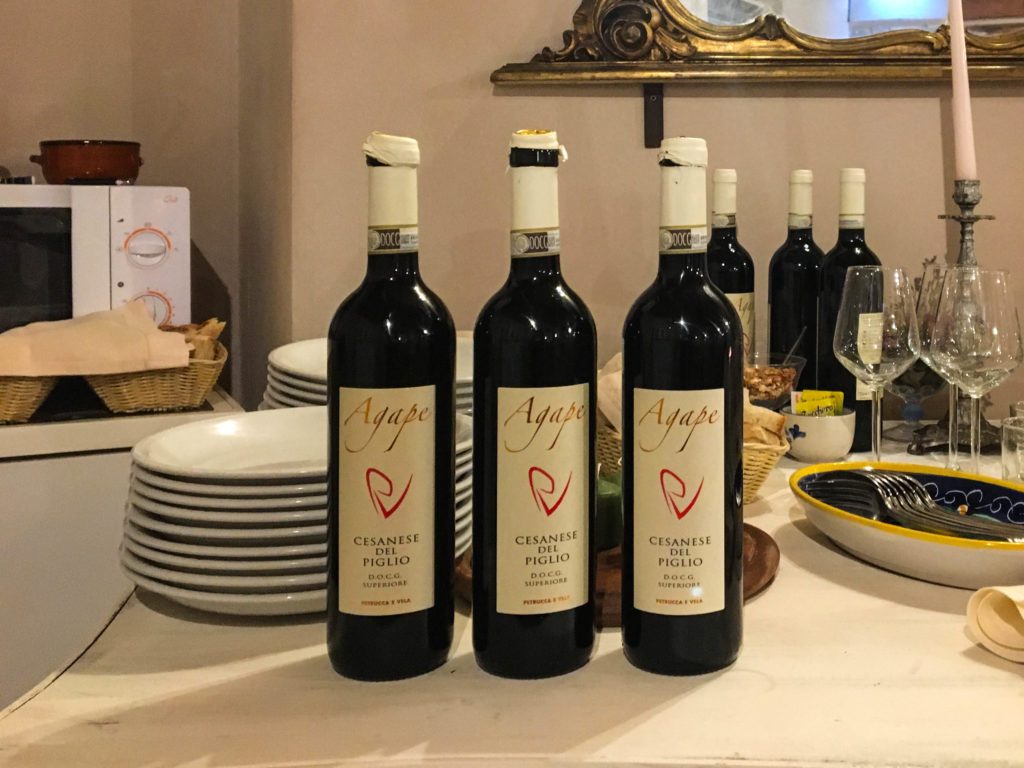We all know the proverb “When in Rome, do as the Romans do,” and when it comes to food, you should definitely follow that advice when considering what to eat in Rome.
Even though most of us think we know Italian cuisine pretty well, there are numerous local specialties with a base of various pasta and pizza dishes, fresh vegetables, meat, fish, cheese and cold cuts in all of Italy’s 20 regions. The Lazio region, including the capital Rome, is no exception.
Rome is the administrative center of Lazio and during my last visit there, I explored parts of its culinary scene in Rome and the other four provinces within the Lazio region. Travelling out of busy Rome to smaller villages and more rural parts of this area also gave me great insight into local food production, preservation and some of the traditional foods and dishes typical of the region.
Taste Foods in Rome with These Key Ingredients
To learn more about what makes Roman dishes so special compared to similar dishes from other parts of Italy, or even “authentic” Italian restaurants abroad, it’s important to know a few things about the ingredients used for cooking the dishes. That, combined with passion and love for food, is what gives the dishes the real authentic Roman taste.
Here are some key ingredients of authentic Roman cooking:

Pecorino Romano Cheese
Pecorino Romano Cheese is one of the oldest cheeses in Italy and is made from goat milk. It is similar to its more famous cousin – Parmesan cheese. Pecorino comes across as a bit saltier with a stronger flavour compared to Parmesan cheese which is based on milder tasting cow milk.
Pecorino Romano cheese is often used in sauces of Roman pasta dishes or as a finish on top of them. The cheese is also often served with walnuts, fruits or drizzled with honey to accompany the meal.
Pecorino Romano is listed as one of Italy’s Protected Designation of Origin (PDO) products. To receive PDO status, “The entire product must be traditionally and entirely manufactured (prepared, processed and produced) within the specific region and thus acquire unique properties.”
Buffalo Mozzarella
Another local PDO product and popular cheese in Rome is the Buffalo Mozzarella Cheese produced in Lazio. This fresh cheese is made from Italian buffalo milk and is often used on pizza, in calzones (pocket of pizza bread filled with cheese and meats), together with tomatoes, or just served as is. Be sure to taste foods in Rome with Buffalo Mozzarella.
Guanciale
Guanciale is a cured meat (charcuterie) which features in Roman cuisine and pasta dishes. It’s made of pork cheek rubbed with salt, sugar, black pepper and thyme. After being cured for about three weeks, the meat obtains a stronger taste than other pork products, and a more delicate texture. When guanciale is added to hot dishes, its fat will melt and mix with the other ingredients, giving more flavor to the dishes and sauces. Sometimes guanciale is replaced with pancetta, the Italian version of bacon which is typically not smoked. Guanciale is also often served as a thinly sliced cold cut.

Salame Cotto di Sutri
Similar to the large variety of local cheeses in the Lazio region, there are also numerous local variations of cold cuts, such as different types of cured ham, salami, and mortadella, to name a few. One of the variations I tasted was the Salame Cotto di Sutri, a cooked type of salami from the Sutri area just outside of Rome that is also listed as one of the regions traditional agro-food products. It is extremely typical in the Sutri territory and is made of pork, fat, salt and pepper. All is mixed and stuffed into the bowels and shaped like a cylinder, then boiled and dried. The typical taste of this salami comes from drying it in smoke from the fireplace to give a nice taste to the meat.
Let’s Not Forget about Local Olive Oil!
Olive oil is essential in all Italian cooking and meals, and in the Lazio region, you can also find high quality, PDO listed olive oil. Amongst the olive oils of highest standard is the oil produced in Sabina. This product was also one of the first to be recognized with the DOP label in Italy. It is said that the refined taste of the oil is because the limestone soil is positioned at a height of 400 to 700 meters above sea level, and the cold climate keeps away harmful insects and diseases more common in the warmer areas.
Local Pasta Variations
It wouldn’t be real italian cuisine without a bit of pasta in the mix. We all know the shape and use of well known pasta types such as spaghetti and penne, but in Rome, as in every other place in Italy, you can also find pasta with local shapes and names. In Roman dishes they often use the local pasta types called bucatini and tonnarelli. Bucatini pasta is a thicker type of hollow spaghetti with the same length as regular spaghetti we all know. Tonnarelli pasta is a thicker and more square version of classic spaghetti, and fettuccine is maybe more well known as the slightly wider version of the classic tagliatelle.

Some Famous and Not So Famous Pasta Sauces To Taste When in Rome
Now, all these different pasta variations must come served with a kind of sauce, and Roman cuisine has, of course, it’s own varieties and specialties. A lot of the well known Roman sauces have an original recipe, and there are several versions of these sauces as they have spread around Italy and the world. Yet, they originate in Rome or the surrounding region.
Carbonara
Did you know that carbonara has its origin in Rome? Actually, this well-known dish is one of the classical dishes of Rome, but even though you’ve had it “thousands of times” in other places in the world, I guarantee you that the Roman version will be something else. In Roman cuisine, this pasta sauce is typically prepared with local specialties pecorino romano and guanciale, giving it a slightly different taste from the “usual” restaurant version served in other places which is often based on parmesan cheese and pancetta. You might also have tried this dish with normal spaghetti, but in Rome you might as well get carbonara sauce served with local bucatini pasta.
Arrabbiata
Another well-known pasta sauce from Rome is arrabbiata sauce, which is made of garlic, tomatoes, and dried red chili peppers cooked in olive oil. This is also one of the world famous sauces from this region. Arrabbiata sauce is usually served with penne pasta, but if you want to go super local and have the “real” taste of the sauce, try it served with strozzapiedi, a twisted and weirdly shaped local pasta, as they do in the Subiaco region in Lazio.
Sibanese
Sibanese is a vegetable ragu made with porcini mushrooms, olives and tomatoes. It is often served with stringozzi, a type of hand-rolled long, spaghetti-like pasta, and sprinkled with lots of minced parsley on top. This is a dish that fully utilizes a lot of the traditional vegetables produced by fertile land in this area.
Amatriciana
The only pasta sauce that has been named a traditional agro-alimentary product of Lazio by the Italian government is the amatriciana sauce. This traditional Italian pasta sauce is based on guanciale, pecorino romano cheese, tomatoes, and, in some variations, onion. Also adding garlic and black pepper is common. Amatriciana sauce is usually served together with bucatini pasta in Rome, but can also be served with traditional spaghetti.
Pasta alla Gricia
There’s also a famous sauce from Rome that is said to be an ancient sauce and one of the oldest sauces from the region, and that’s called pasta alla gricia. It is basically the Amatriciana sauce, but without tomatoes, as its origin dates back long before tomatoes were introduced to Italy. It is simple and quick to cook as the dish only consists of guanciale, pecorino romano cheese and black pepper in addition to the pasta. Usually this sauce is served with traditional spaghetti or rigatoni, a pasta tube slightly larger than penne with ridges.
How about a Glass of Red Wine to Go with the Food?
With all this delicious regional food, we also need to pair it with a suitable local wine, and in the hilly area just south of Rome, this is where grapes used to produce the main red wine of Lazio are grown.

The Cesanese grape is the main red wine producing grape variety found in Lazio and it comes in two varieties, the Cesanese Comune and the Cesanese di Affile. The Comune grape is often blended with other varieties when making wine, while the Affile type is superior and has its own titled wines. Cesanese wines is to be consumed young and has a fruity taste that goes well with cheese, dishes with tomato-based sauces, and dishes with more intense flavors.
The Cesanese grape is DOCG labeled (meaning controlled and guaranteed designation of origin) and all wines using the DOCG label must contain at least 90% of the grape variety in the grape mix. The wine is also controlled, analyzed and tasted by government-licensed personnel before being bottled. After this, the bottles are sealed with an official numbered seal across the cork to avoid manipulation, so when you buy a bottle of DOCG labeled Cesanese wine, you can guarantee that you have an original and authentic product in your glass.
No Italian meal is complete without wine, so when in Rome, do as the Romans do and pair it with a nice bottle of locally-produced wine from the Lazio region of Italy.
Now you know what to eat in Rome. But if you’ve just booked your trip, be sure to check out our post Travel to Rome Can Be Exciting If… We explain what you need to know to ensure a smooth trip from the Nordics: what documents to bring, how to get transport from the airport to the city, and how to stay safe. This advice will ensure you get to enjoy the culinary treasures of the Lazio region as quickly as possible.
____________________________
by Janicke Hansen







